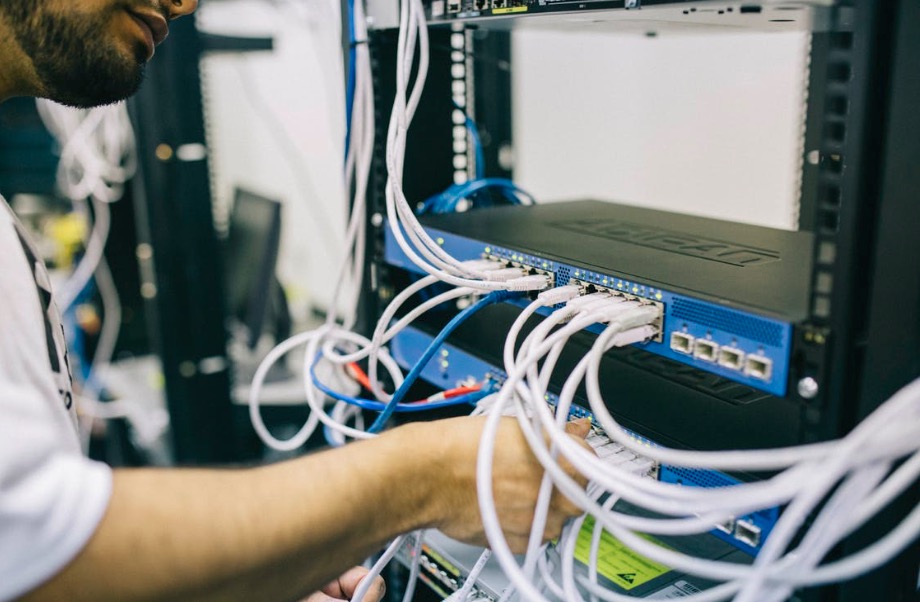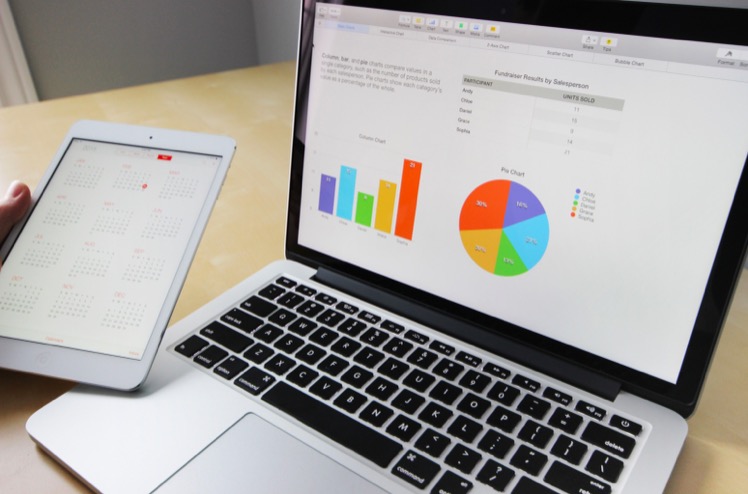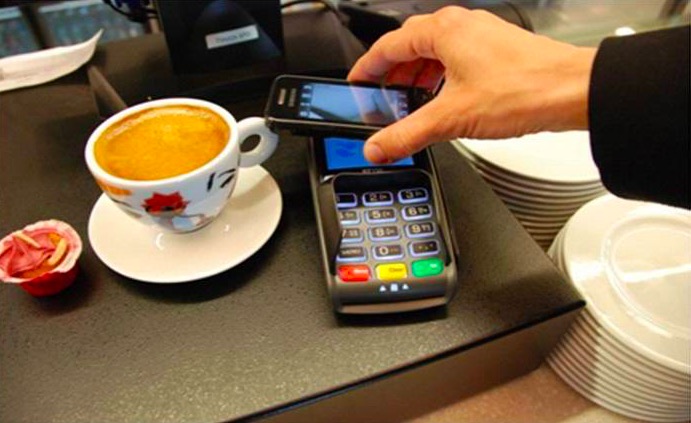What is a POS System?
We answer the most commonly-asked questions about POS systems

What is a POS System?
Quite simply, a POS System is the central hub of your business that should integrate with and interconnect all other aspects. It is a combination of hardware and software that will help you accept transactions and simplify your business operations.
What hardware and software should I pair with my POS?
Software
1. Installation: Different types of POS systems have different methods of how to run their software through your business. You can pick between an on-premise of a cloud-based solution. On-premise POS systems require installation of a server on-site and may require a specialist team of IT staff to maintain and update the software requirements of said system. Cloud-based POS systems do not require an on-site server and do not require IT personnel. Should your internet go down, a cloud-based setup will still run and will update all transaction data once you’re back online.

2. Merchant Portal: The merchant portal is where you have full control of how your business is run. It is the review station of your business, the place where you can see reports on sales, staff, customers, items and more. Depending on the capabilities of the POS system you choose, the merchant portal may also let you update e-menus, item prices and more.
3. Interface: It should go without saying that you want a POS system with a smooth and easy-to-use interface. A neat layout and uncluttered color scheme will not only look appealing, but will require less training time for staff. The interface should also be customizable so that you can choose where certain buttons go, how they look and much more.
Hardware
1. Monitors/iPads: You need screens to display your POS’ interface. Make sure your POS system is compatible with whatever screens you opt to purchase (if your POS system does not already come with screens included). More modern POS systems trade bulky screens for iPads which provide portability and a smooth user interface.
2. Barcode Scanners: These help with the scanning of items and ensure that your business runs smoothly and errors are made much less frequently. These may also help with inventory management.
3. Pagers: If you work in a food court business or quick-serve restaurant, pagers can be a life-saver. Good POS systems will allow you to integrate pagers with your POS system.
4. Tills: You’ll need a place to keep your cash safe, and tills continue to provide that security for most businesses.
5. Smartphones: Increasingly, smartphones are being used as a mobile version of a traditional POS machine. They combine the functionality of a POS into the form-factor of a mobile device. This is great for places where staff interact with customers a lot.

6. Media Players: Media players allow you to stream content directly from any signage app your POS might support to any supported monitor of your choosing.
7. Printers: Receipts still need to be printed, so you’ll need printers. They are usually used for customer checkout and kitchen stations.
8. iPad Stands: If your POS is iPad-based, you’ll need functional stands that help you create the perfect and most comfortable workspace.
Features your POS Should Offer
1. Reporting Data: Be it for sales, staff, customers or inventory, you should be able to access your business dates anytime, anywhere

2. CRM: Customer Relationship Management is extremely important these days. Your POS system should offer the ability to create a VIP program, offer discounts and promotions, store important information about customer behaviour and more.
3. Kitchen Management: A POS should help streamline all business operations. Many advanced POS systems offer solutions that allow you to get rid of kitchen tickets so chefs and packers can have all their information clearly displayed in one place.
4. Signage Options: Displaying information is imperative for any business. Whether you need to display queue statuses or pickup numbers, good signage goes a long way.
5. Self-Service Options: If you want to cut down staff and give customers a more immersive experience, self-service e-menus and kiosks are the way to go.
6. Flexible Payment Options: Ensure your POS is compatible with the most popular forms of card, mobile wallet and online payments. Customers that can’t pay efficiently definitely loses you money.

Choosing the Right System
A POS can offer a lot of modern conveniences. Make sure the POS you choose enhances your business rather than detracts from it. A POS should be flexible, so if your POS system doesn’t work with your business, don’t get it. You should never be in a position where your business has to work around your POS system.
Ensure your POS provider is active in updating their system with bug fixes, new features and better interface options. A provider that runs a static system runs the risk of being obsolete in a few years.
A great way to tell if a POS provider is right for you is to call their customer service. Bad service means your business will take far longer to be up and running should something go wrong with your POS system.
Modules and a modular approach are offered by a few POS system makers currently. These allow you to pair useful hardware and software options with your POS that can further enhance your business. Rather than forcing you to purchase things you don’t need, a modular approach lets you buy as few or as many modules as you want so your business can have a custom solution, in essence. Just make sure all modules are fully-integrated with your POS system either through a cloud-based system or through the same software. It’s a nightmare having to work with two systems that do not communicate and integrate with one another.
Finally, make sure the POS you choose is intuitive to use. Training yourself and staff to use a new system is sometimes daunting. However, a good system will require little adjustment and training before you’re reaping the benefits.